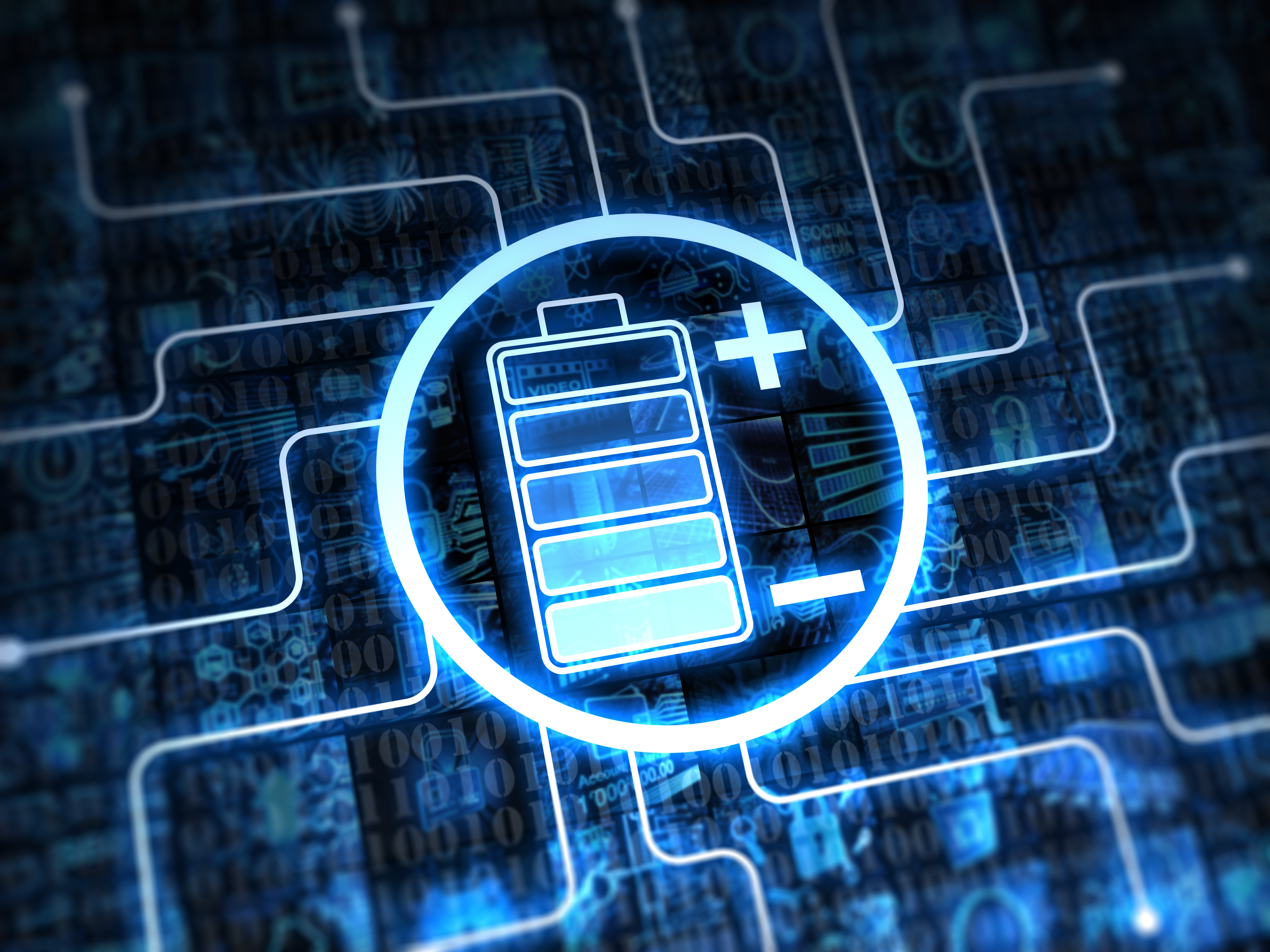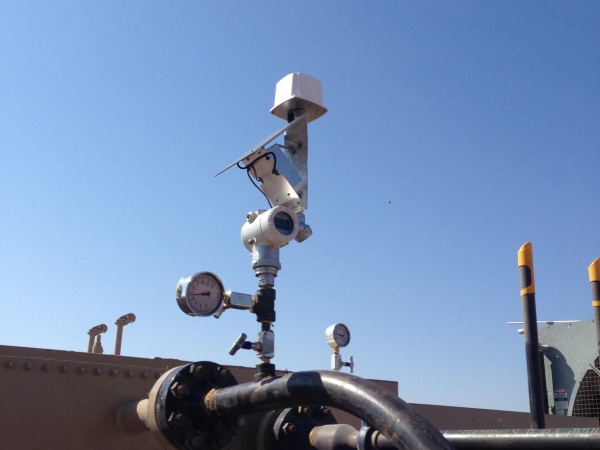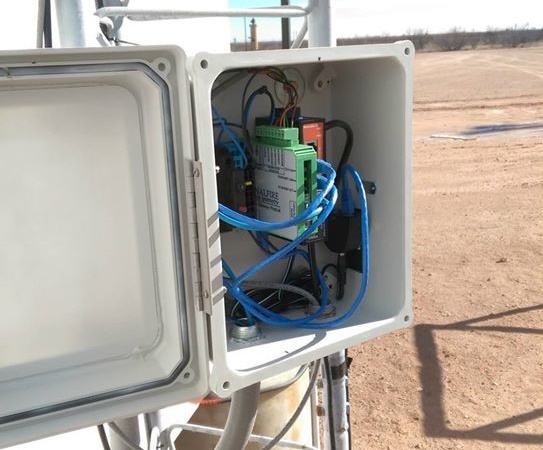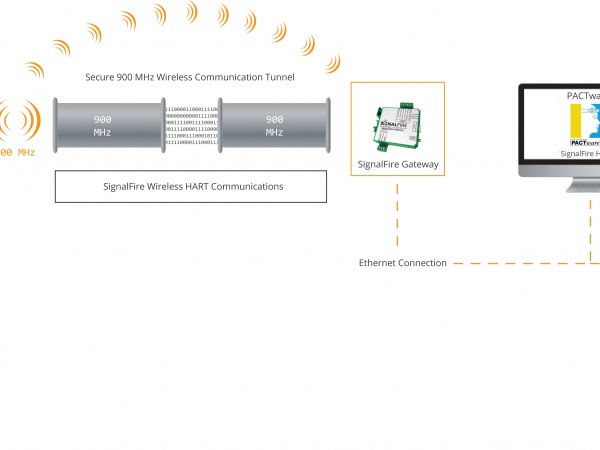Extending Battery Life is Important When Wireless Sensor Control Systems Operate in Remote Locations without Power
In many remote monitoring applications, power is not available at the measurement location. In these scenarios, the wireless sensor control system must provide power not only for itself but also for the attached sensor. Power usage must be carefully optimized to extend the life of the battery power source over many years.
In the SignalFire Remote Sensing System, Sentinel nodes both power and extract data from attached sensors for transmission to a gateway that serves as a central processing hub. As the Sentinel nodes often power third-party sensors, scheduled readings and power requirements can significantly affect battery life. If taking measurements in a hazardous location, the battery power source must be suitable for use in the hazardous location, which can make a significant difference in cost and life. Here’s how SignalFire addresses these issues to extend the battery life of its sensor control systems.
Scheduled measurements
The SignalFire node only powers a sensor during a scheduled measurement to optimize battery life. The reporting interval includes a configurable amount of warm-up time for the sensor to fully power up and provide a stable reading. The warm-up period can vary from fractions of a second for a simple pressure sensor to 45 seconds or longer for a guided wave radar level measurement instrument.
The measurement interval or “check-in” period has a direct impact on battery life. As lengthening the check-in interval can substantially extend system battery life, it is important to consider how often the measurement is actually needed. While a user may be interested in “continuous” measurement, many applications do not require rapid assessments. For example, in many tank level measurement applications, the fluid level in the tank does not change rapidly. So, a 5-15 minute (or longer) assessment is sufficient.
Output is Important
As most of the battery power is directed to the sensor and not the SignalFire system, low current draw devices with quick warm-up times will support the longest battery life. Commonly used 4-20mA devices are not power efficient as their loads vary depending on the sensor reading up to a full 20mA draw. However, many 4-20mA instruments support a more power-efficient HART protocol, which is a digital signal carried over the same current loop wiring. When configured for a HART multidrop mode, instruments have a fixed current draw of 4mA, resulting in up to 5x less current draw. An additional advantage of HART is the ability to read multiple data values with no errors due to analog to digital conversion. Sensors with a 1-5V interface also are typically much more power efficient than 4-20mA devices.
Lithium battery pack vs. rechargeable solar system
As many points monitored by SignalFire devices are in hazardous (C1D1) environments, the power source must be certified for use in these locations. SignalFire has two choices for power: lithium primary battery packs and a solar panel with charger and rechargeable batteries. Both are C1D1 certified. The lithium battery packs cost less and fit inside the wireless device. But, they must be replaced when worn out. While the solar system is larger and more expensive, it can provide much more power without any replacement.
The solar package is typically selected when the power draw of the system makes the serviceable life of lithium batteries unacceptable. For example, a solar package would be ideal when connecting a Sentinel node to a guided wave radar to take measurements more frequency than only every few minutes. The solar system can power a HART instrument on a continuous basis indefinitely.
A solar system also would best serve a SignalFire wireless node that needed to act as a repeater as part of a mesh network. In these scenarios, the radio is configured for “non-sleeping” mode, meaning, it is always awake and ready to forward messages from other devices.
Battery Life Estimates
To help users determine battery life in different remote monitoring applications, SignalFire offers ToolKit Configuration Software with a calculator that estimates battery life based on sensor type, sensor warm- up time, and reporting interval. This tool helps the installer quickly evaluate how configuration changes may impact the system battery life.
Also, SignalFire offers application notes that provide battery life calculations for many standard configurations are downloadable here.
To read about how SignalFire Remote Sensing Systems are used in different applications, visit our website.
0 Comments
Leave a reply
You must be logged in to post a comment.









